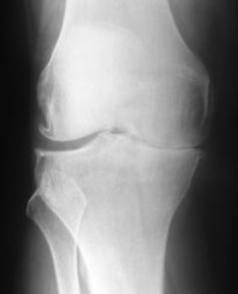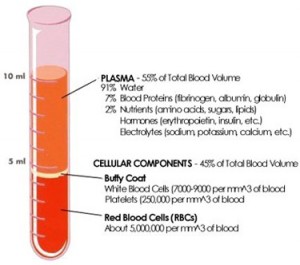Over time, the knee absorbs a lot of wear and tear from the activities of daily living, leading to a gradual and progressive degeneration of the tissues. In particular, the smooth cartilaginous surfaces that allow the hinge joint to glide smoothly eventually become thin and worn out, leading to pain and inflammation of the knee joint. This condition is known as osteoarthritis of the knee. This is more common in obese patients and in athletes who play sports that cause repetitive damage to the knee.
While severe cases will eventually require surgery (and possibly total knee replacement), there are several non-operative ways to treat moderate cases of knee arthritis.
- Prevention: Avoiding activities that cause unnecessary stress and damage to the knee joint is the easiest way to avoid exacerbation of injuries to the knee. This can help halt the progression of the injury.
- Weight reduction: Obesity is a significant risk factor for osteoarthritis due to the increased load that the joint has to bear. Losing even five kilograms of excess weight can lead to a noticeable reduction in symptoms. Compliance to a diet and exercise plan may be the simplest way to avoid surgery later on.
- Joint Strengthening Exercises: The stability of the knee joint can be improved through strengthening and conditioning of the muscles that support the joints. Particular attention must be made to the quadriceps and hamstring muscles, as they absorb the shock and weight-bearing loads. Building joint strength is done through exercises, such as resistance training (squats and lunges), swimming, cycling and other activities. Building strong leg muscles has been correlated with less risk of joint replacement surgery.
- Low impact aerobic conditioning: Aerobic conditioning can lead to a dual benefit of weight loss and strengthening of the knee joint. Consult with a physical therapist to determine what options are available to you.
- Knee rehabilitation exercises: Physical therapy and rehabilitation techniques that directly target the knee can also lead to improvement in outcomes. In particular, techniques that improve the range of motion of the knee, such as stretching, can restore the proper biomechanics of the joint.
- Supportive braces: Studies have shown that the progression of knee arthritis can be reduced with the use of braces. Braces and knee supports improve the alignment and stability of the knee joint, relieving pain and minimizing damage.
- Warm compression: Placing a warm compress on the affected knee for 15 to 30 minutes daily can relieve the symptoms of knee arthritis.
- NSAIDs: Non-steroidal anti-inflammatory drugs (NSAIDS) relieve the symptoms of knee arthritis by reducing the inflammation and by providing pain relief. Medications can include ibuprofen, celecoxib, or mefenamic acid, among others.

- Hyaluronic acid injections: Hyaluronic acid (HA) is a naturally occurring lubricant for the joints that regulates inflammation and provides a cushion between the knee cartilages. Injection with HA can decrease pain and improve knee function in some people.
- Platelet-rich plasma (PRP) injections: PRP is a relatively new treatment, although it is currently used by top tier professional athletes. The blood for PRP is drawn from the patient, and concentrated to increase the platelets and growth factors. The preparation is later injected to the site of injury to speed up healing.
- Stem Cell Therapy Procedures: Stem Cells have the capacity to regenerate damaged cartilage, and Dr. Raj offers the procedure as an outpatient to help relieve pain and repair some of the damaged tissue. His experience has been tremendous so far with stem cell therapy, and he is at the forefront of these procedures to help patients delay or avoid the need for knee replacement.
